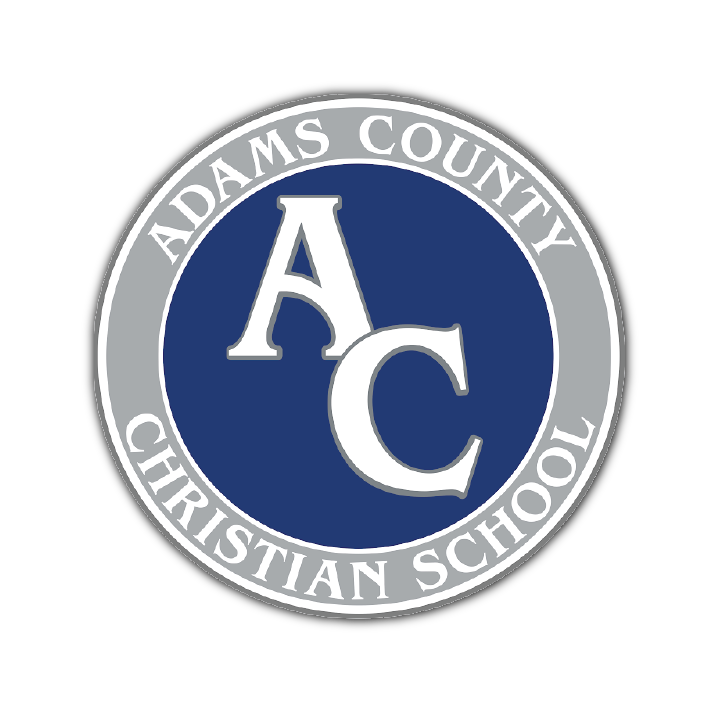New draft format muddies the baseball waters
Published 12:01 am Sunday, June 10, 2012
Anthony Alford emphatically declared prior to the start of this past week’s MLB draft that he would forego pro baseball to play football and baseball at Southern Mississippi.
But the Southern Miss signee wasn’t the first athlete to reportedly have seconds thoughts after such a promise — though he may be one of the few going forward.
When the Toronto Blue Jays selected Alford with the No. 112 overall pick, reports surfaced just a few days later from Baseball America that Alford would sign with the Blue Jays but still play football for the Golden Eagles.
The curious thing about Alford’s case is that the No. 112 pick was given a hard slot of $424,400 when MLB enacted the new collective bargaining agreement this past winter. Teams that go over the recommended slot to sign players in the first 10 rounds face heavy penalties in the form of stiff taxes and forfeiting draft picks.
That evidently didn’t stop the Blue Jays from going all out to sign Alford, as Baseball America is reporting that he’ll likely sign for twice the recommended slot for pick No. 112.
Cases like Alford, though, are likely to become more rare under the latest draft guidelines. Unfortunately, these changes are likely to hurt the sport more than they help it.
When you have hard slotting in the draft, “signability” cases like Alford are less likely to end up playing major league baseball.
A “signability” case is when an athlete is deemed to be a top 10 or 20 talent, but he falls in the draft because teams question whether they can sign him, usually due to a strong commitment to play college sports. Under the old system, instead of using a first-round pick on a guy who’s not a given to sign, teams waited until the later rounds and offered large bonuses in hopes of swaying that athlete to sign.
Under the new system, if a team doesn’t sign a player selected in the first 10 rounds, they lose that money to spend. For example, if Team X picks at No. 112, which has a $424,400 slot, and they don’t sign the pick, they lose $424,400 for their draft budget in the top 10 rounds.
Furthermore, if they were to select a “signability” player in the first 10 rounds, they would likely need to go over slot to convince them to sign, thereby getting penalized for going over slot, as the Blue Jays likely will with Alford.
What this means is, baseball is likely to lose these multi-sport “signability” athletes to football and basketball, because colleges offer those kinds of players full rides. If an athlete wants to play college ball and have a free ride, football and basketball are his best chances of that.
The stiff draft rules were enacted with the hopes of helping the small-market teams. The logic was, if we can keep the “signability” kids from falling to the big-market teams in the draft, the small-market teams would benefit. But one of the biggest things the small-market teams took advantage of in the old system was their ability to throw lots of money at these athletes, since their major-league payrolls were so low. Now, the small-market teams are hindered by a system that was designed to help them.
Furthermore, teams began drafting more college seniors in rounds six through 10, College seniors have no leverage because they can’t just return to school and re-enter the draft next year. Teams did this in order to save money on other picks in the top 10 rounds.
In other words, college seniors could get ridiculously lowballed in bonus money in order for teams to have money to sign their other top 10 picks.
In summary, baseball will likely lose a lot of the multi-sport athletes to other sports, college seniors are getting the shaft and the small-market teams are handcuffed. Who thought this new draft format was a good idea again?
Michael Kerekes is the sports editor of The Natchez Democrat. He can be reached at 601-445-3632 or michael.kerekes@natchezdemocrat.com.






